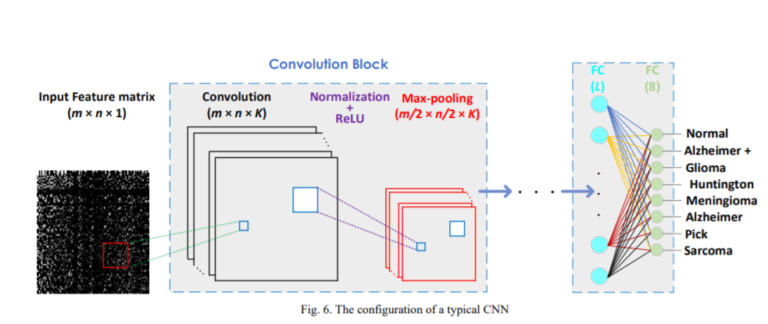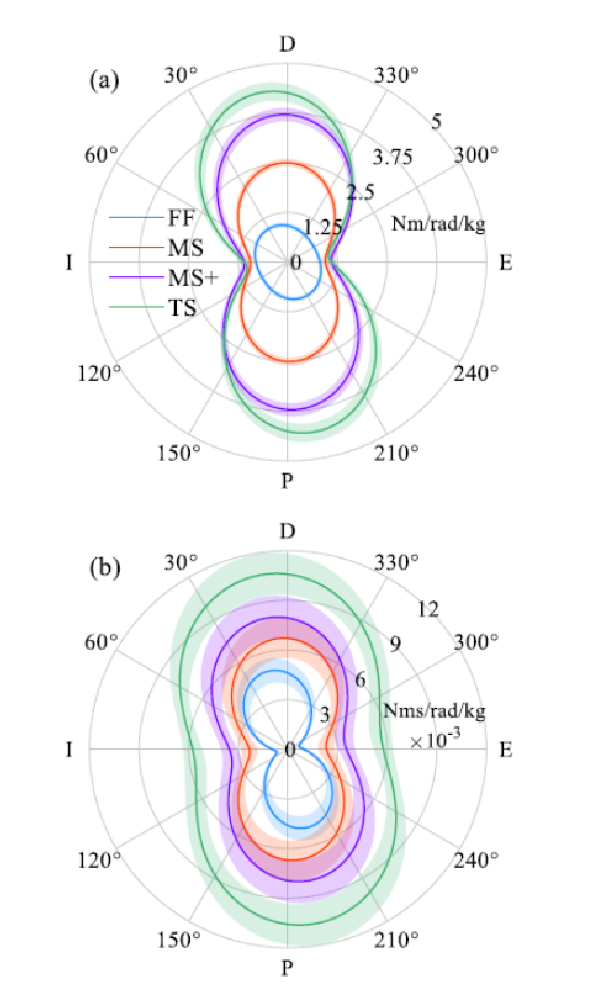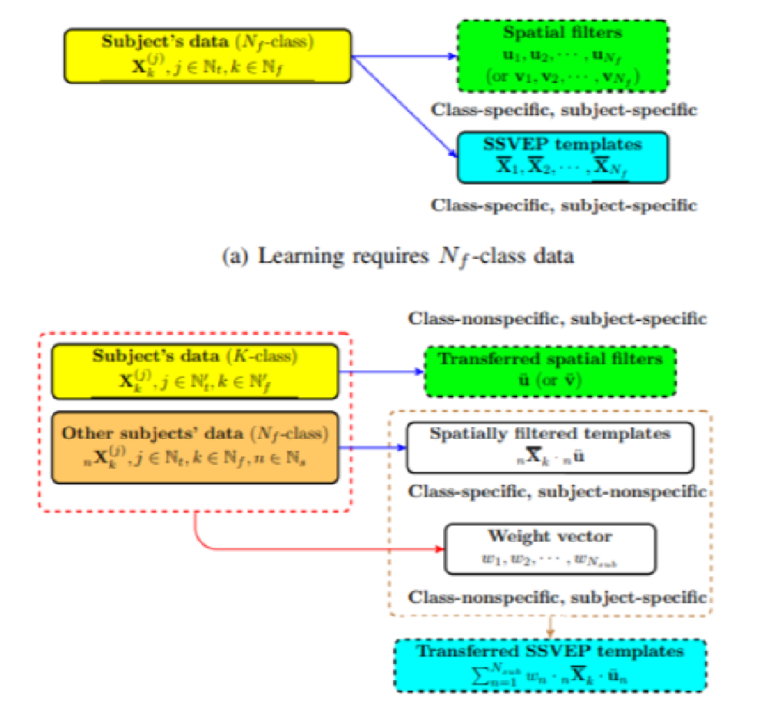Speed adaptable prosthetic foot; concept description, prototyping and initial user testing
https://www.embs.org/tnsre/wp-content/uploads/sites/15/2021/01/03.png
604
277
Transactions on Neural Systems and Rehabilitation Engineering (TNSRE)
//www.embs.org/tnsre/wp-content/uploads/sites/15/2022/06/ieee-tnsre-logo2x.png
This paper presents a novel design of a prosthetic foot that features adaptable stiffness that changes according to the speed of ankle motion. The motivation is the natural graduation in stiffness of a biological ankle over a range of ambulation tasks.
read more










